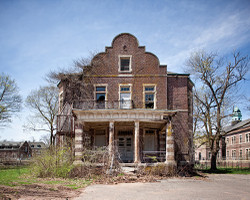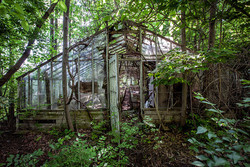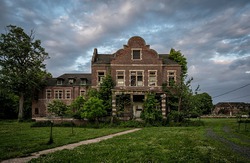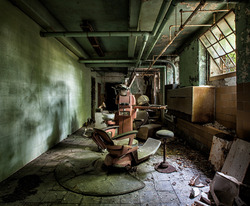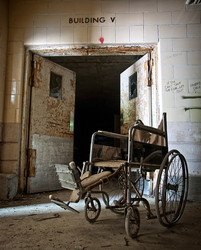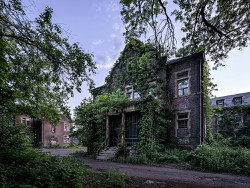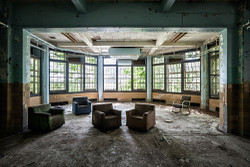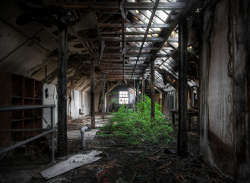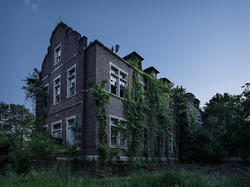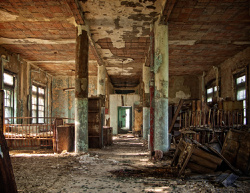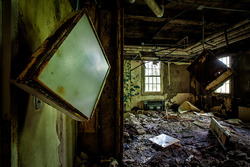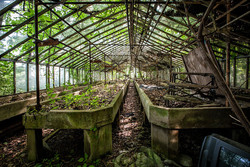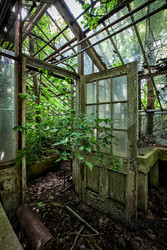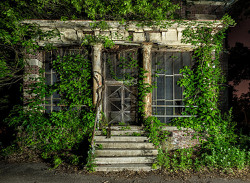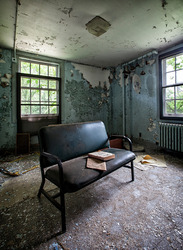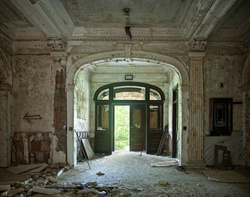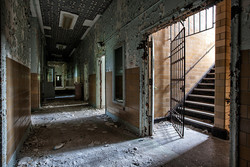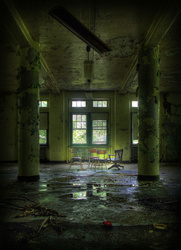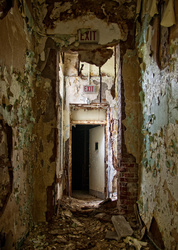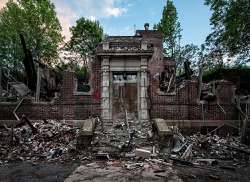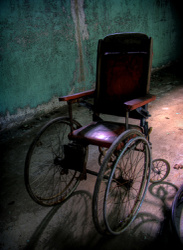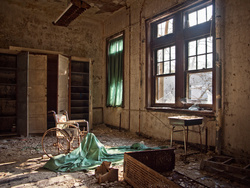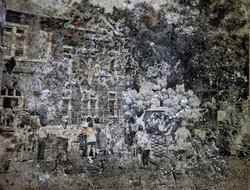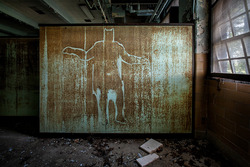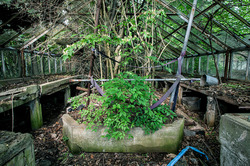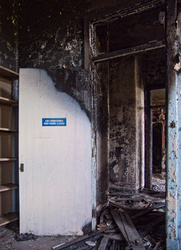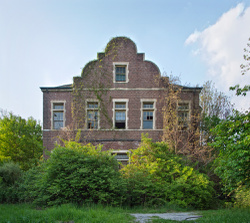The tale of Peer Horst is similar to that of many other asylum seekers and immigrants. Built in 1908 with great expectations and a sprawling camp that included everything a community could possibly need, such as a movie theater, a barbershop, a grocery store, a fire station, and a general store, PeerhŅrst quickly deteriorated into a location characterized by well-documented overcrowding and neglect that caused the residents’ children and adults to regress farther from familial relationships. In 1968, a documentary film named “Suffer the Little Childreο” was produced, in which a reporter who was clearly upset chronicled the appalling conditions in which children lived. The interview featured a doctor who openly confessed to giving residents the most painful experience he could possibly imagine in order to prevent him from abusing children.In the end, it was shut down in 1987 amidst a flurry of accusations of physical and sexual abuse, inappropriate confinement and secrecy, theft, mismanagement, and neglect.
